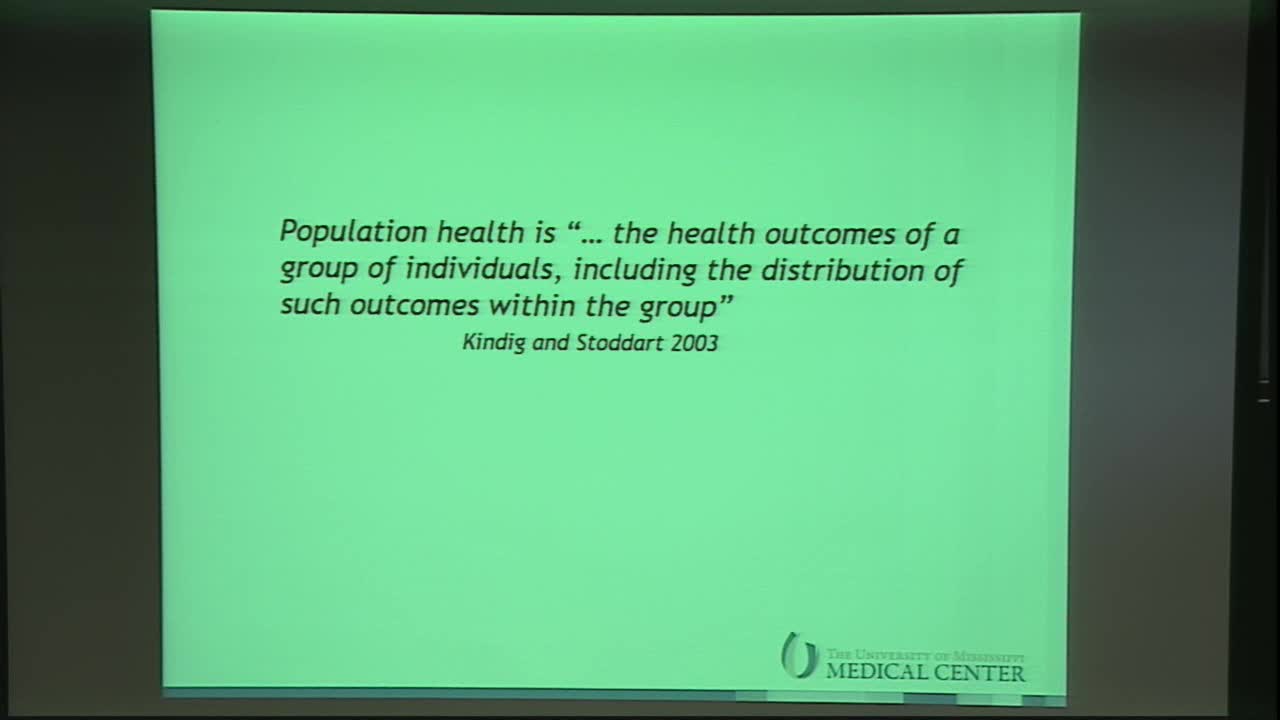Understanding and predicting physiological resistance with simulation and topological analysis
Presenter
March 7, 2018
Keywords:
- Virtual patient, clinical trial, physiological modeling
Abstract
Human physiology is a complex system composed of many interacting negative feedback loops involving hormones, nerves, transporters, physical anatomy and other factors. Redundancy in physiology complicates accurate prediction of a patient’s response. For any given medical therapy or intervention, 10-90% of potential patients are resistant, achieving less than half of the expected response. Prediction of nonresponse is a necessary step in minimizing inefficiencies in health care and biomedical product evaluation and regulation.
HumMod is a mechanism driven model of human physiology developed over almost 50 years at the University of Mississippi Medical Center. It is comprised of 14 organs and endocrine, circulatory, and neural systems. HumMod was designed primarily to test the acute and chronic circulatory and renal response to environmental and pharmaceutical challenges. By allowing model coefficients to vary, HumMod is stable but widely varying in its reactions to most drug and device interventions. Our lab utilizes HumMod to find mechanisms underlying nonresponse.
This talk will introduce aspects of calibrated and uncalibrated virtual cohorts in HumMod, describe methods of separating a population into homogeneous subpopulations, and describe algorithms to establish mechanisms underlying resistance and susceptibility to response in those populations. The major motivating example will be the response to fixed renal denervation, but other physiological examples will be utilized.
